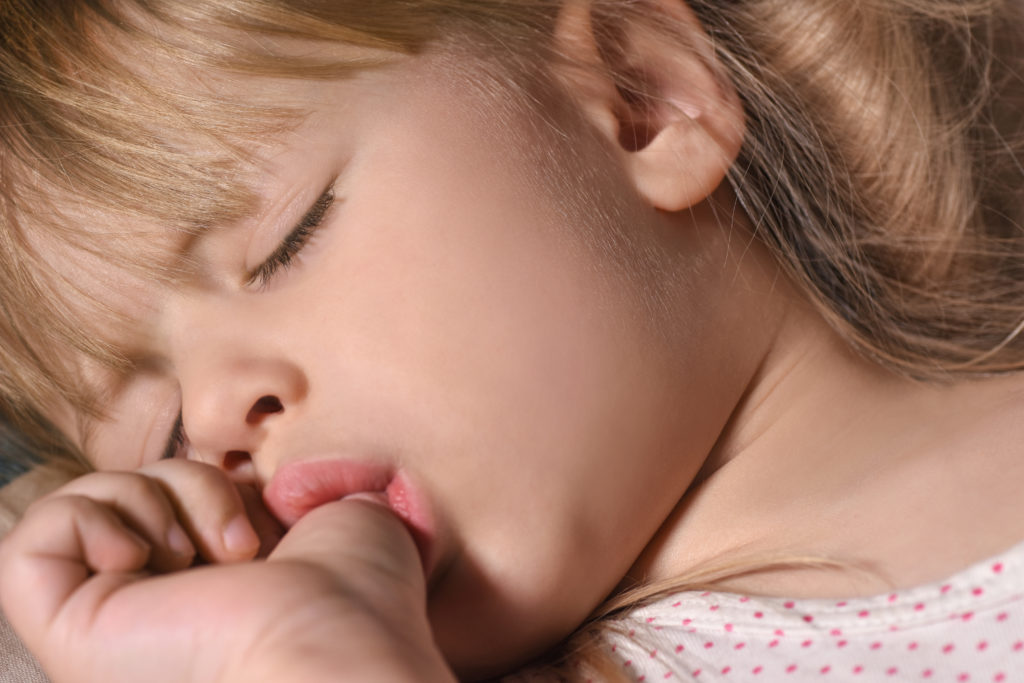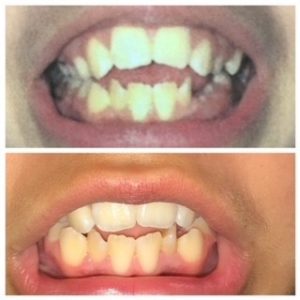Oromyofunctional Disorders: What Exactly are They?

Orofacial myofunctional disorders (OMDs) are patterns involving oral and orofacial musculature that interfere with normal growth, development, or function of orofacial structures. Orofacial musculature dysfunction can occur at any stage in life. So, let’s look more into oromyofunctional disorders and how skilled treatment can help. (ASHA, 2022).
What can be addressed in oromyofunctional disorder treatment?
- Obtaining proper lingual resting posture with tongue on palate
- Breathing patterns, specifically promoting nasal breathing
- Tongue thrust
- Sleep breathing disorders
- Oral habit elimination (i.e. finger/thumb sucking)
- Temporomandibular joint pain
- Long-term stability of orthodontic treatment
- Tongue & lip tie
- Difficulty chewing and/or swallowing
- Articulation errors relating to atypical patterns
Who provides services for oromyofunctional disorders?
- Speech-Language Pathologists
- Occupational and Physical Therapists
- Lactation Consultants
- Osteopathic Physicians
- Dental Hygienists, Orthodontists, and ENTs
- Sleep Specialists and Craniosacral Specialists
- Chiropractors and Massage Therapists
Overall, a licensed healthcare professional who has secondary training to support oromyofunctional disorders is a desired provider.
Goals of oromyofunctional therapy
The main goals of therapy are, firstly to establish nasal breathing. Secondly, to achieve tongue resting posture on hard palate. Thirdly, to correct atypical swallow and speech patterns (ie: tongue thrust). Providers work to achieve these goals through isolated jaw, lip, cheek, and tongue exercises with behavior modifications. Treating therapists work along with allergists, ENTs, and dentists when referral is necessary to address airway, dental occlusion, and tongue and lip tie confirmation diagnosis and treatment.
Bodywork is also another important component to achieve proper body posture. Proper posture helps to meet overall OMD goals. Therefore, the treating therapist would refer to a physical therapist if bodywork is needed. The remediation of oromyofunctional disorders improves overall facial structure, dental occlusion, and swallowing and speech impairments. To learn more about tongue ties and other tethered oral tissues issues, check out this MOSAIC blog. Click here to learn more.

The pictures above refer to an 11 year old female at initial evaluation and then 6 months after. She completed oromyofunctional treatment for tongue thrust elimination. She achieved nasal breathing, proper tongue resting posture on palate, and eliminated tongue thrust swallow pattern in therapy. Her open bite improved greatly with the completing behavior modifications and isolated exercises in skilled oromyofunctional treatment. Subsequently, elimination of these behaviors will ensure her orthodontic longevity.
References
-
“Orofacial Myofunctional Disorders.” American Speech-Language-Hearing Association, American Speech-Language-Hearing Association, https://www.asha.org/practice-portal/clinical-topics/orofacial-myofunctional-disorders/.
-
“OMDs.” Function-Focus, www.function-focus.com/omds. Accessed 22 Feb. 2022.
